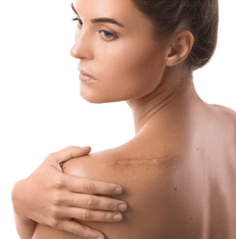
No one is spared from scars. From childhood knee scrapes to adolescent acne leftovers to adult accidents, these memoirs of past mistakes and mishaps are an acknowledged part of being human. But what if they come in the form of hard, swollen bumps that itch and ache? Ah, then they’re called keloids, and you’d be wise to not ignore them.
What is a Keloid Scar?
Some wounds are deep enough to leave prominent scars. A keloid is the type that “grows bigger and wider than the original injury,” according to the University of Michigan Health. It develops within 3 months of the incident, sometimes even years. Earlobes, face, shoulder, upper chest, breastbone, and back are the usual sites of their growth.
Compared to other scars, keloids grow over time and change in colour from pink to very dark, causing concern that they could become cancerous. You don’t need to worry, because they won’t. Keloids though benign can be irritating, itchy, or painful especially when they rub against your clothes. Plus, they may darken under sun exposure and stay dark even when the rest of your skin has returned to its original colour.
These outcomes prompt many to seek treatment or have them removed. Unfortunately, sometimes they grow back. But take heart, all is not lost. Prevention is possible! Read on to learn how.
Is Keloid Scar the Same as Hypertrophic Scar?
Before we dive deeper into keloids (pun unintended), let us first get that elephant in the room out of the way.
A keloid scar and a hypertrophic scar are two different things, though they are distant cousins. The latter is the more timid one, staying within the borders of a wound or injury and less likely to affect skin pigmentation. It also appears just a month after the incident and diminishes over time.
Both scars are considered abnormal responses to skin injury, with collagen developing at unusually high levels. They start with inflammation occurring in the first 3-10 days. In the following 10-14 days, they graduate to proliferation. Maturation happens later, 2-4 weeks for a hypertrophic scar and 3 months to years for a keloid scar.
What Causes Keloid Scars?
If you have darker skin (Asian, Hispanic, Black), then you are 15-20 times more predisposed to getting a keloid. People aged 30 years and below are more prone to keloids, and those 10-20 years old have the highest risk. Pregnancy and puberty also spike risk rates due to higher hormone levels.
In addition to these risk factors, several incidental ones also influence keloid scar development. Skin damage is the main reason, ranging from minor scratches and acne to tattoos, lacerations, vaccination, chickenpox, and biopsy procedures.
Certain types of skin trauma (like burns and ear or body piercing) and prolonged or delayed healing also elevate the possibility of a scar becoming keloidal.
Management of Keloid Scars
Clinical treatments are available to diminish the appearance of keloid scars and alleviate the discomfort they cause. However, a 100% cure cannot be guaranteed and post-treatment regrowth is also common.
If you are wondering how to get rid of keloids below is a list of procedures your doctor may recommend. You may need to use more than one depending on the scar’s size, location, and age.
Cryotherapy. This process involves freezing the keloid scar tissue. It is very effective in lightening the skin, though only for small keloids, like the ones from acne.
Corticosteroid Injection. The best time to do this is right after a surgical procedure, as a preventive measure. When a keloid has already formed, the injection can work better when done in conjunction with Cryotherapy.
Verapamil, Fluorouracil, Bleomycin, and Interferon Alfa-2b Shots. These are reasonable alternatives to corticosteroids, though studies on their efficacy are not as extensive. They also work well for postoperative prevention.
Silicone Elastomer Sheeting. Cover the keloid with a silicone bandage for 12-24 hours a day from 2 to 6 months. This method works by raising the scar’s temperature, hydration, and oxygen tension to force softening and flattening. Silicone sheets come in strip, gel, foam, and spray form, mostly available OTC.
Surgery. Cutting away a keloid scar takes about 15 minutes, often without anesthesia. But it can result in more keloids, so it’s very important to take extra care of the wounded area after the procedure. Your doctor may use a pulsed dye laser treatment or inject medications. Applying imiquimod cream is also helpful.
Concealer. When all else fails, you can always hide your keloids under a few swipes of a professional-grade concealer. Even Hollywood actors use them to obscure tattoos, so you’re in good company. Just make sure to choose one that matches your skin tone and is smudge-proof to avoid running and to prevent soiling on clothes.
Important Note: Some health insurance policies cover certain keloid treatments, and as long as you can convince them that you’re not undergoing the procedures just for cosmetic reasons.
Keloid Scar Removal Cost
Treatment of keloid scars doesn’t have to be expensive, especially if you opt for remedies you can do in the comforts of your home.
Here are some figures to give you an idea:
- Keloid scar creams are one of the most affordable options on the market at an average of $15 per ounce. Good Skin Corrective Scar Cream is a great option because it is non-greasy and suitable for all skin types. Plus, it can work as a makeup primer so you can wear it all day.
- Silicone sheets are also inexpensive, clocking in at a minimum of $20 for four months supply of reusable adhesives. However, if your keloid is large, the price can go up to $190. Keep in mind that these sheets will wear and tear over time, so you would eventually need to get a fresh box even if they’re reusable.
- Silicone gel costs around $30 per 15g tube. How long it will last depends on the size of your scar.
- For a keloid on the ear due to piercing, Cryotherapy is priced at $100. Of course, the larger the scar, the higher the rate.
- A Corticosteroid injection without insurance is pegged at $25-$300 per shot, again depending on the keloid size. This is in addition to the doctor’s professional fee.
- Dermatologists and licensed skin care specialists normally charge $150 for small keloid removal surgery (up to 4mm) and $400 for anything larger than 4mm. Postoperative injections are necessary, and they cost $50-up per injection.
- A laser treatment ranges between $200 and $3,400 without insurance. A single session may not be enough, though, so you need to factor in the number of visits when discussing the procedure with your doctor.
After seeing all those numbers, you’re probably wondering now…
Can You Prevent Keloids?
Absolutely!
Here are some tips:
- If you already know that you belong to the high-risk group (see Causes section above), avoid ear and body piercings and tattoos. And if you sustain an injury or contract a serious illness, make surgery your last resort treatment.
- For minor skin damage, don’t procrastinate on seeking medical attention. The sooner it is treated, the faster it will heal, and the lower the risk of developing a keloid.
- Try pressure dressings. Similar to silicone sheeting, this technique is preferred for the prevention of keloids from burns. The 24-30 mm Hg dressing must be worn for a minimum of 6 months.
- Apply a thin layer of petroleum jelly on scratches and shallow wounds, and then cover with a nonstick bandage. Tape the bandage securely to reduce the skin tension that encourages keloid formation. Wash the affected area with soap and water every day, and change the bandage as often.
- Gently rub in a generous amount of scar cream on acne and surgery sites as soon as they heal. Do this everyday until all signs are indistinguishable.
- Use Zimmer splints (pressure earrings) following ear piercing.
Final Thoughts
Undeniably, keloid scars are unsightly. But more than just being aesthetically bothersome, a lot of them also cause discomfort, itching, and pain that in turn can lead to severe physical, mental, and emotional distress. This is why many medical professionals, including family physicians and surgeons, recommend treatment. It may be costly, but the price you pay will be well worth the relief.
Better yet, to err on the side of caution you can start by following the preventive measures we suggested in this article.

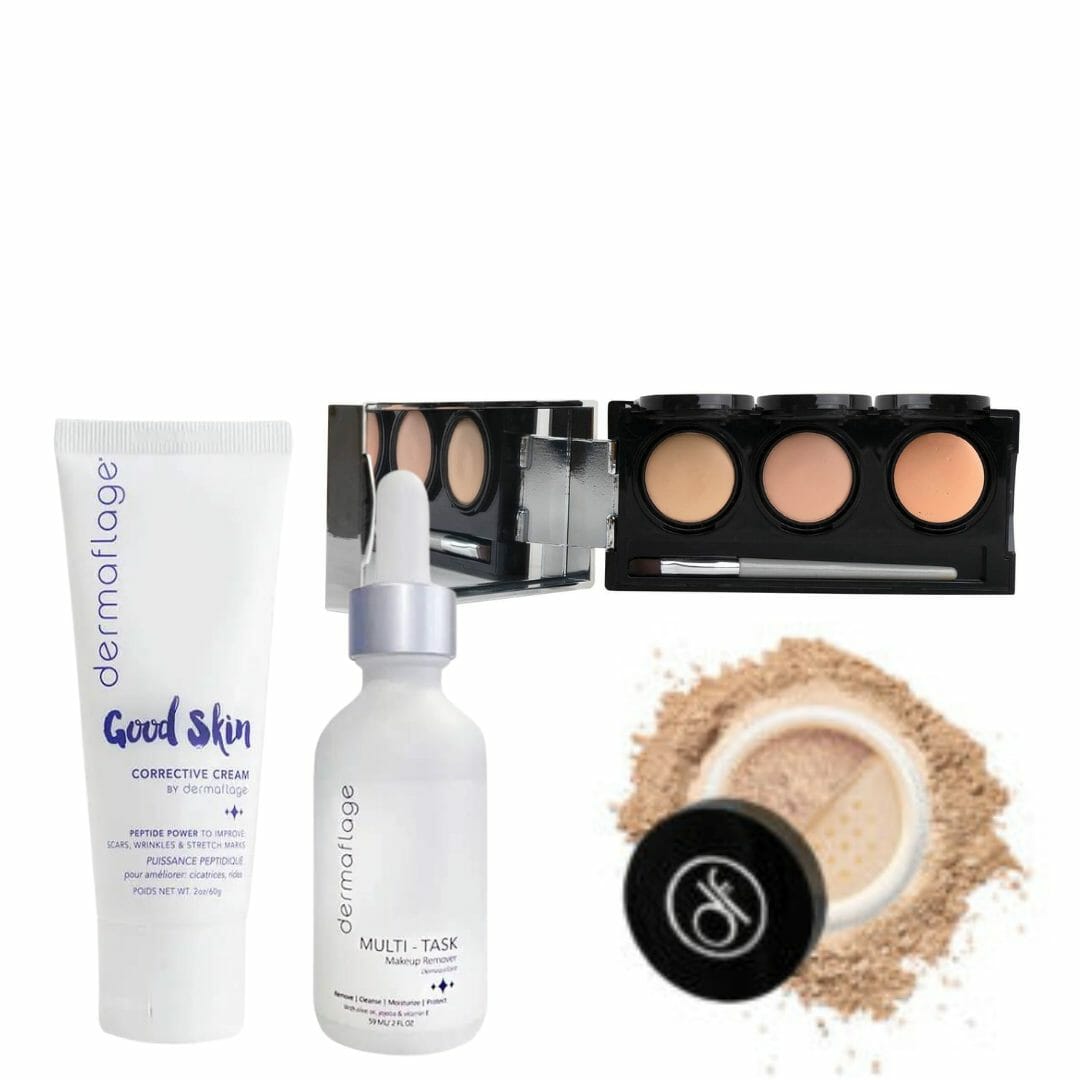
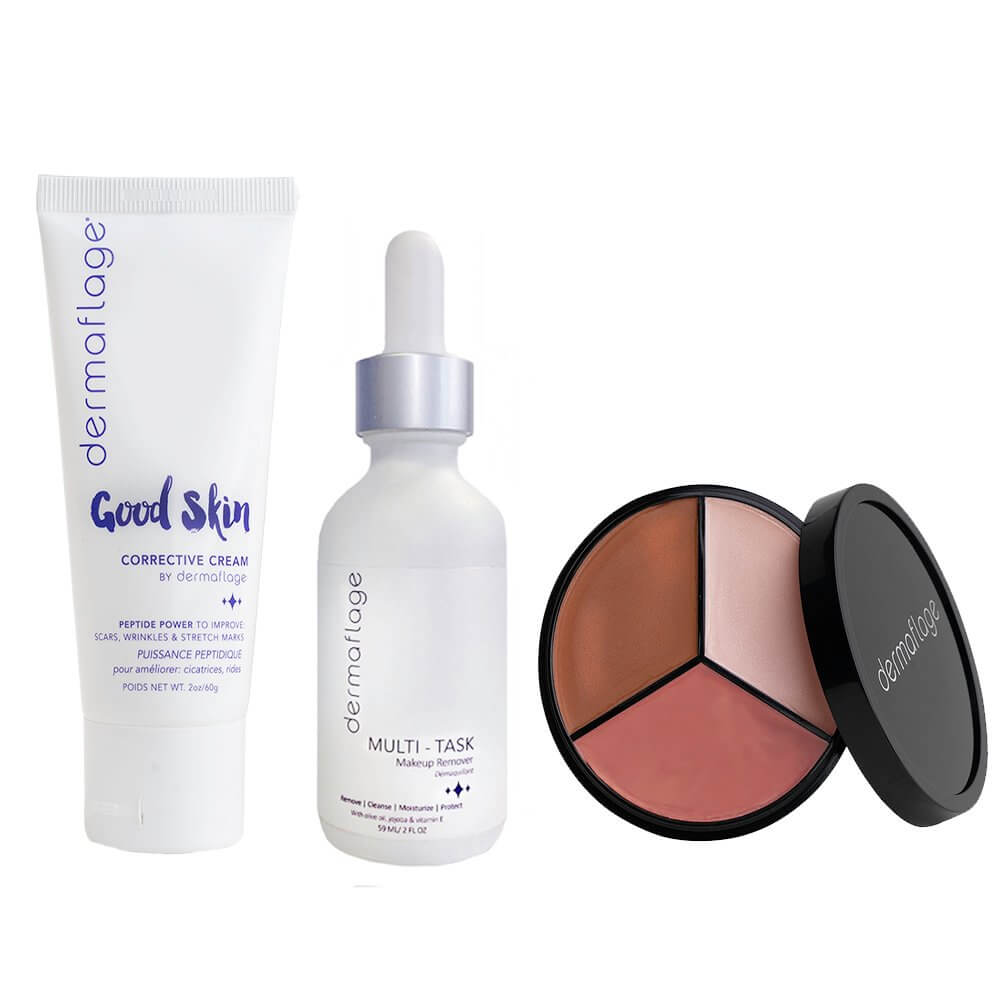

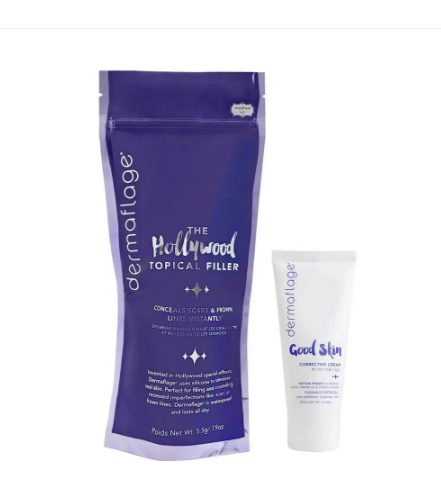


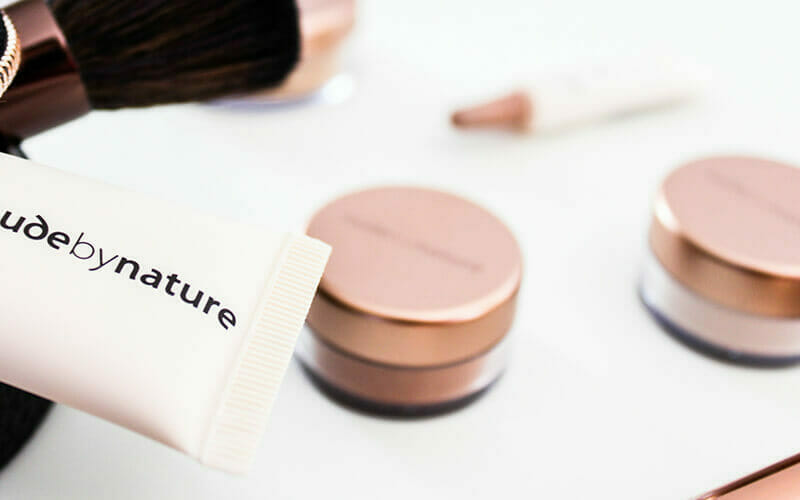

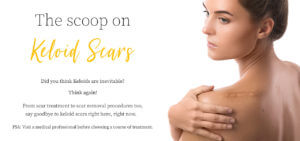



Leave a Reply
You must be logged in to post a comment.